2004 Dodge Ram 1500 Brake Rotors and Pads
Click here to search another vehicle
All Rotors:
OEM x
Coated x
Drilled, Slotted and Coated x
Front x
Rear x
All Pads:
Ceramic x
Semi-metallic x
Front x
Rear x
Found 23 record
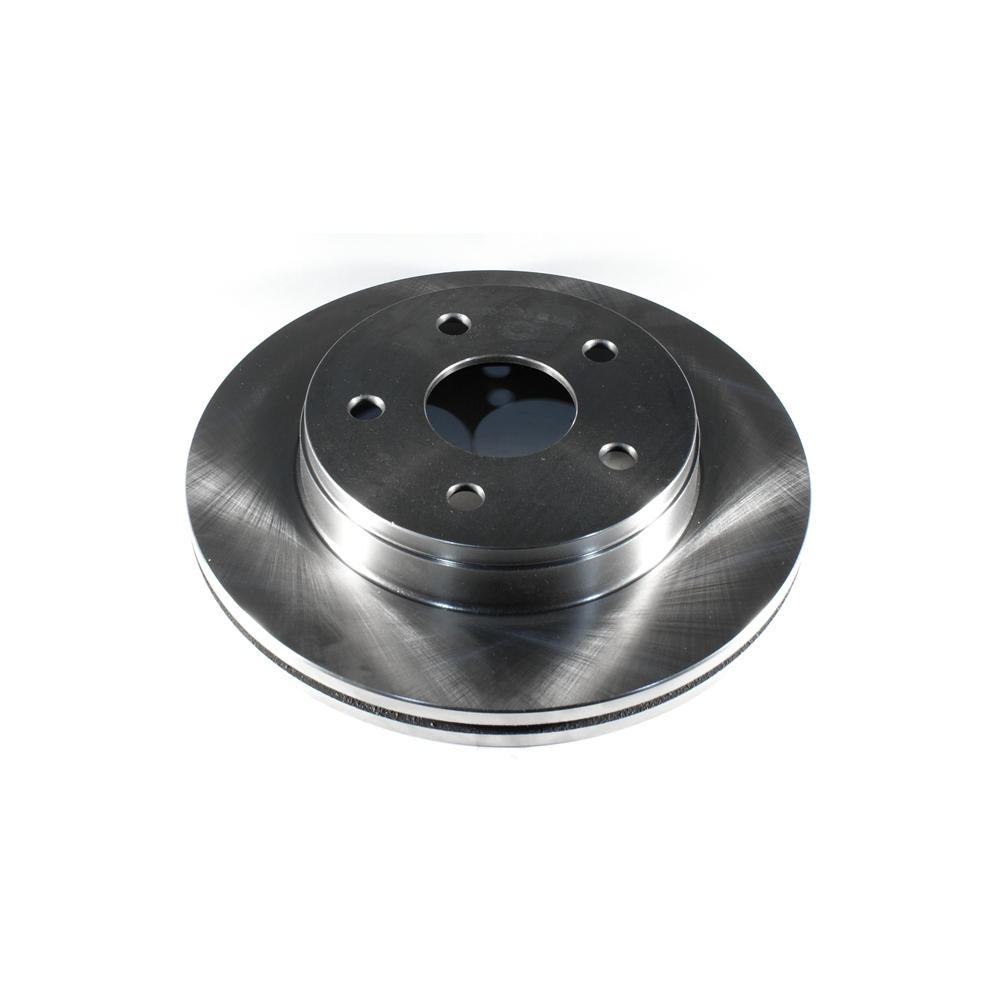
Part No: BR53005
Raybestos: 780073
OE: 52010080AE/AB/AA
Raybestos: 780073
OE: 52010080AE/AB/AA
$62.01 each
Per Car QTY: 2
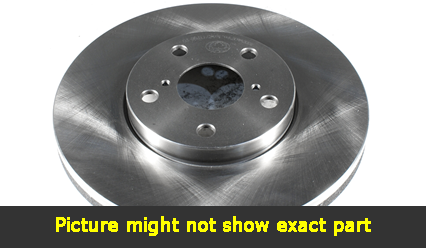
Part No: BR53045
Raybestos: 780217
OE:
Raybestos: 780217
OE:
$100.64 each
Per Car QTY: 2
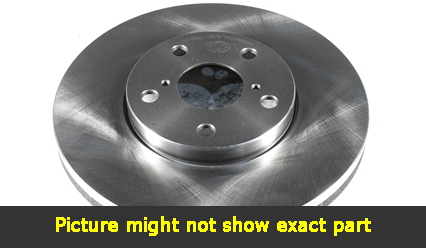
Part No: BR53006
Raybestos: 780082
OE: 52009968AC
Raybestos: 780082
OE: 52009968AC
$61.29 each
Per Car QTY: 2
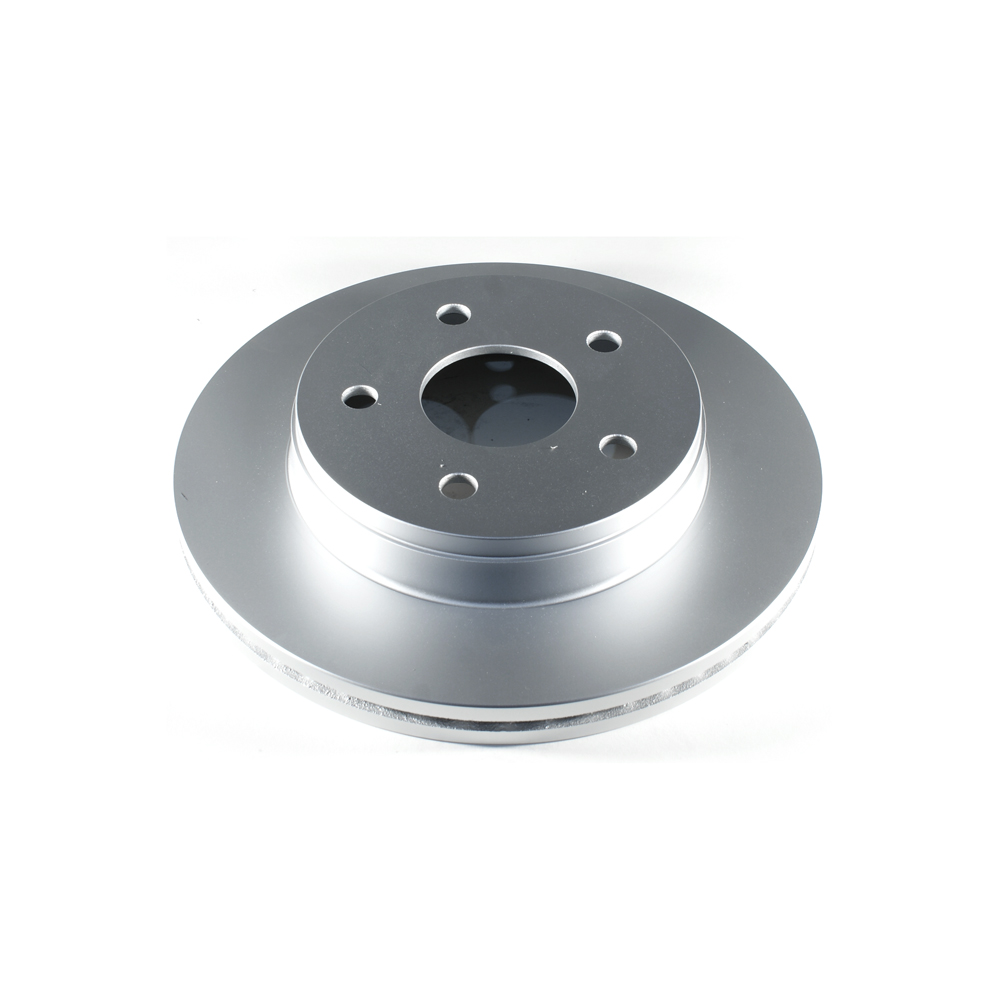
Part No: PP53005
Raybestos: 780073
OE: 52010080AE/AB/AA
Raybestos: 780073
OE: 52010080AE/AB/AA
$80.01 each
Per Car QTY: 2
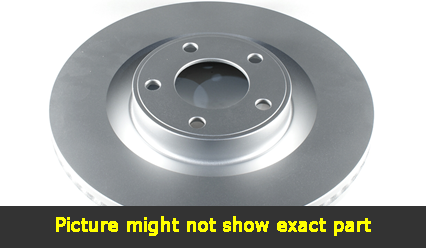
Part No: PP53006
Raybestos: 780082
OE: 52009968AC
Raybestos: 780082
OE: 52009968AC
$79.07 each
Per Car QTY: 2

Part No: UP53005L
Raybestos: 780073L
OE: 52010080AE/AB/AA
Raybestos: 780073L
OE: 52010080AE/AB/AA
$114.57 each
Per Car QTY: 1

Part No: UP53005R
Raybestos: 780073R
OE: 52010080AE/AB/AA
Raybestos: 780073R
OE: 52010080AE/AB/AA
$114.57 each
Per Car QTY: 1

Part No: UP53006L
Raybestos: 780082L
OE: 52009968AC
Raybestos: 780082L
OE: 52009968AC
$116.57 each
Per Car QTY: 1

Part No: UP53006R
Raybestos: 780082R
OE: 52009968AC
Raybestos: 780082R
OE: 52009968AC
$116.57 each
Per Car QTY: 1

Part No: PD702C
Raybestos: 702
OE:
Raybestos: 702
OE:
$37.22 each
Per Car QTY: 1

Part No: PD966C
Raybestos: 966
OE:
Raybestos: 966
OE:
$41.35 each
Per Car QTY: 1

Part No: PD1077C
Raybestos: 1077
OE:
Raybestos: 1077
OE:
$32.17 each
Per Car QTY: 1

Part No: PD898C
Raybestos: 898
OE:
Raybestos: 898
OE:
$34.72 each
Per Car QTY: 1

Part No: PD967C
Raybestos: 967
OE:
Raybestos: 967
OE:
$38.47 each
Per Car QTY: 1
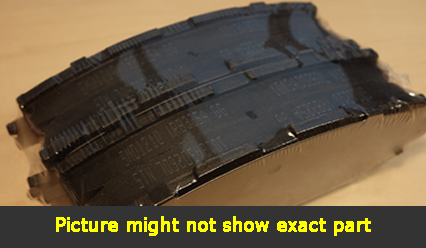
Part No: SMD966A
Raybestos:
OE:
Raybestos:
OE:
$26.86 each
Per Car QTY: 1
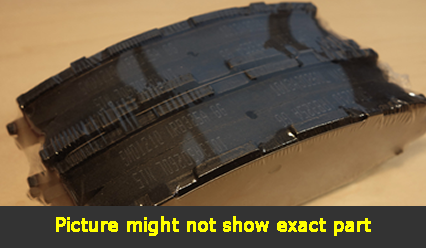
Part No: SMD1077
Raybestos:
OE:
Raybestos:
OE:
$26.03 each
Per Car QTY: 1
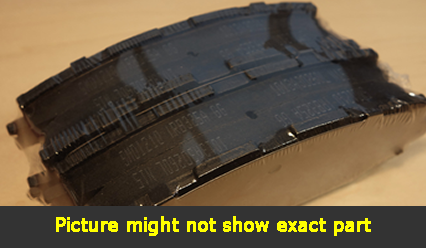
Part No: SMD967
Raybestos:
OE:
Raybestos:
OE:
$23.63 each
Per Car QTY: 1
Brakes are one of the most critical components of any vehicle, and when it comes to the 2004 Dodge Ram 1500, they are no exception. As a safety feature, it is essential to keep your brakes in optimal condition to ensure your vehicle's safe operation on the road. In this article, we will take a closer look at the brakes for the 2004 Dodge Ram 1500, including their function, types, common issues, and maintenance tips.
The primary function of brakes is to bring a moving vehicle to a stop safely and efficiently. The 2004 Dodge Ram 1500 is equipped with a hydraulic braking system, which utilizes brake fluid to transfer force from the brake pedal to the wheels. This force causes friction between the brake pads and rotors, resulting in the vehicle's deceleration or stopping.
The 2004 Dodge Ram 1500 offers different brake types depending on the trim level and options chosen. The base models usually come with disc brakes on the front wheels and drum brakes on the rear wheels. However, higher trim levels or optional packages may include four-wheel disc brakes, which provide enhanced stopping power and better heat dissipation.
Disc brakes are comprised of a rotor, brake caliper, brake pads, and associated hardware. When the brake pedal is pressed, hydraulic pressure forces the brake pads against the rotating rotor, creating friction and slowing down the vehicle. On the other hand, drum brakes consist of a brake drum, brake shoes, wheel cylinder, and associated hardware. Hydraulic pressure pushes the brake shoes outward, creating friction against the interior surface of the drum, thus slowing down the vehicle.
Despite being an essential safety feature, brakes can experience issues over time. One common problem with the 2004 Dodge Ram 1500 brakes is brake pad wear. As the brake pads wear down, their thickness decreases, eventually reducing the braking performance. It is crucial to keep an eye on the wear indicator embedded in the pads to determine when to replace them.
Another common issue is rotor warping or excessive wear. Continuous and aggressive braking, especially during heavy towing or hauling, can cause the rotors to warp or wear unevenly. This can result in pulsating or vibrating sensations when the brakes are applied. In such cases, resurfacing or replacing the rotors might be necessary.
Proper maintenance is key to a vehicle's braking system longevity and performance. Regularly inspecting and replacing brake pads, as needed, is crucial. It is also vital to keep an eye on the brake fluid level, as low fluid can affect braking efficiency. During routine maintenance, technicians should check for signs of leaks, damaged brake lines or hoses, and perform a comprehensive brake system inspection.
Additionally, as the rear brakes often experience less wear compared to the front, it is recommended to adjust the rear brakes periodically. This adjustment prevents premature front brake wear and ensures optimum braking performance.
In conclusion, the brakes for the 2004 Dodge Ram 1500 are critical components for its safe operation. Whether equipped with disc brakes on all four wheels or a combination of disc and drum brakes, it is essential to keep them in optimal condition. Regular maintenance, timely replacement of brake pads and rotors, and thorough inspections are the keys to ensuring the braking system operates efficiently, guaranteeing safety on the road.
The primary function of brakes is to bring a moving vehicle to a stop safely and efficiently. The 2004 Dodge Ram 1500 is equipped with a hydraulic braking system, which utilizes brake fluid to transfer force from the brake pedal to the wheels. This force causes friction between the brake pads and rotors, resulting in the vehicle's deceleration or stopping.
The 2004 Dodge Ram 1500 offers different brake types depending on the trim level and options chosen. The base models usually come with disc brakes on the front wheels and drum brakes on the rear wheels. However, higher trim levels or optional packages may include four-wheel disc brakes, which provide enhanced stopping power and better heat dissipation.
Disc brakes are comprised of a rotor, brake caliper, brake pads, and associated hardware. When the brake pedal is pressed, hydraulic pressure forces the brake pads against the rotating rotor, creating friction and slowing down the vehicle. On the other hand, drum brakes consist of a brake drum, brake shoes, wheel cylinder, and associated hardware. Hydraulic pressure pushes the brake shoes outward, creating friction against the interior surface of the drum, thus slowing down the vehicle.
Despite being an essential safety feature, brakes can experience issues over time. One common problem with the 2004 Dodge Ram 1500 brakes is brake pad wear. As the brake pads wear down, their thickness decreases, eventually reducing the braking performance. It is crucial to keep an eye on the wear indicator embedded in the pads to determine when to replace them.
Another common issue is rotor warping or excessive wear. Continuous and aggressive braking, especially during heavy towing or hauling, can cause the rotors to warp or wear unevenly. This can result in pulsating or vibrating sensations when the brakes are applied. In such cases, resurfacing or replacing the rotors might be necessary.
Proper maintenance is key to a vehicle's braking system longevity and performance. Regularly inspecting and replacing brake pads, as needed, is crucial. It is also vital to keep an eye on the brake fluid level, as low fluid can affect braking efficiency. During routine maintenance, technicians should check for signs of leaks, damaged brake lines or hoses, and perform a comprehensive brake system inspection.
Additionally, as the rear brakes often experience less wear compared to the front, it is recommended to adjust the rear brakes periodically. This adjustment prevents premature front brake wear and ensures optimum braking performance.
In conclusion, the brakes for the 2004 Dodge Ram 1500 are critical components for its safe operation. Whether equipped with disc brakes on all four wheels or a combination of disc and drum brakes, it is essential to keep them in optimal condition. Regular maintenance, timely replacement of brake pads and rotors, and thorough inspections are the keys to ensuring the braking system operates efficiently, guaranteeing safety on the road.




